On 19th August 1991, hardline members of the Soviet Union’s Communist Party attempted to overthrow then-leader Mikhail Gorbachev. Resistant to his reforms program and opposed to the imminent signing of the New Union Treaty, the group sent KGB agents to hold him at his second home in Crimea while they returned to Moscow and prepared to mobilise. The situation led to a semi-media blackout across many parts of the Soviet Union, as TV and radio stations swapped out normal programming for Tchaikovsky’s Swan Lake, which played on a loop. The ballet had previously been employed by stations following the deaths of several Communist party officials in the 80s. Now, more changes were afoot.
“Imagine your country is going through upheaval, and then suddenly, the government cut off all news and communication,” Katherine Turczan says. “All of your news channels are emitting one ballet. It’s very, very weird.” Katherine is a Ukrainian American photographer who arrived in Kyiv three months earlier and was staying with her cousin. “The only news you could get was on the street, and that was sort of rumours. I was very frightened.” The attempted uprising, which lasted just a couple of days and was subsequently referred to as the 1991 Soviet coup d’état attempt or the August Coup, ultimately failed. Still, it would instigate the undoing of the USSR and the subsequent dissolution in December 1991 (the Act of Independence of Ukraine was adopted three months earlier).
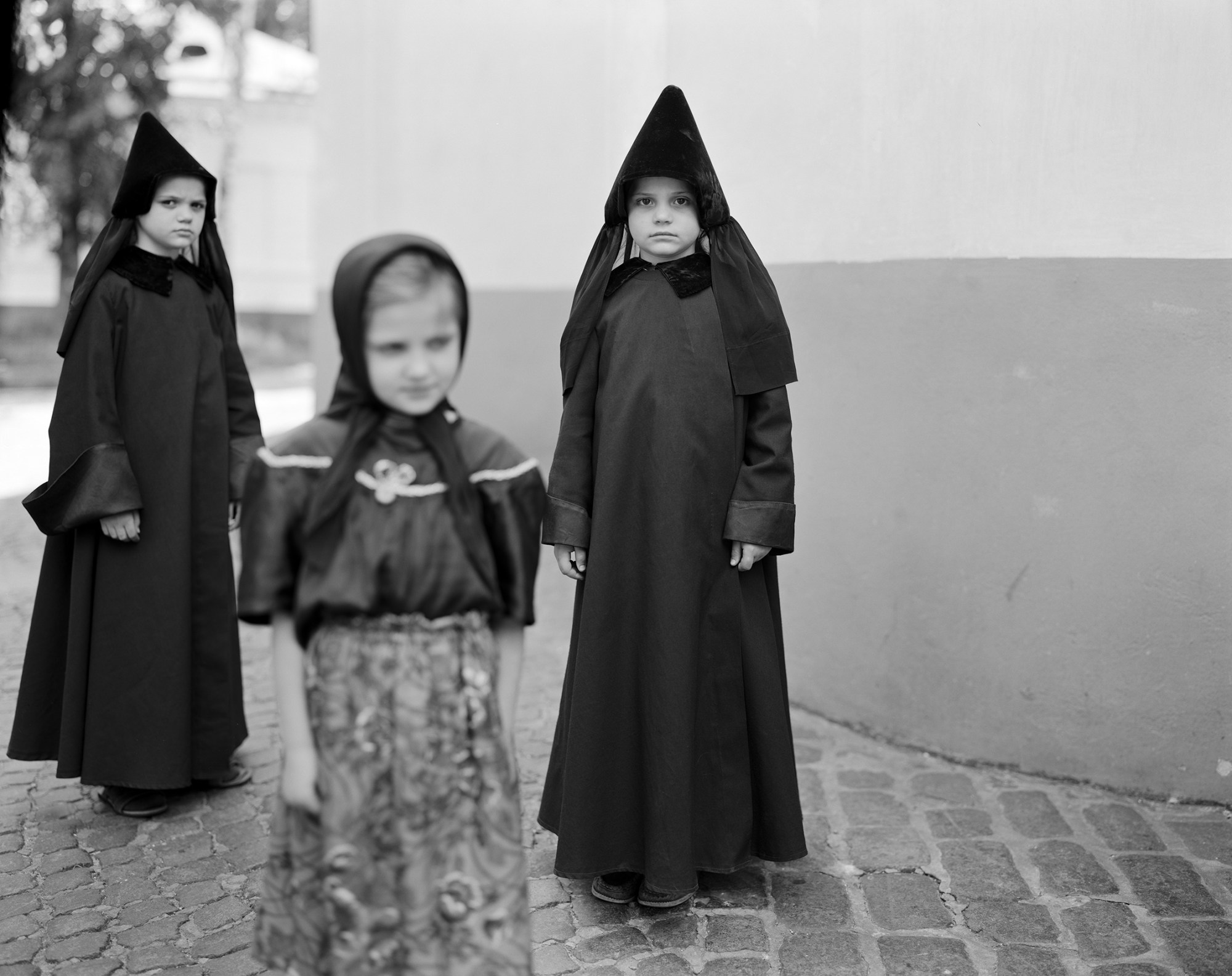
Prior to arriving in the country, Katherine had completed an MFA at Yale School of Art and received a small grant to make photographs in Ukraine. “An uncle in New York got me a visa as a dancer because you didn’t necessarily go and visit family then,” she says. “It was loosening up, but you didn’t visit your family; you went on cultural exchanges.” Born in the States, she grew up in New Jersey in a Ukrainian Nationalist family. As a child, she attended Ukrainian school and Plast (Ukrainian Girl Scouts Camp), where she learned Morse code in the Cyrillic language. “My family was adamant in keeping their Ukrainian culture and not letting us acclimatise into the American system. They knew, like most people that have to escape from their primary culture into another place to survive, that assimilation happens quickly, so the culture was deeply ingrained.”
Her grandfather, with whom she was close and whose home was just “three ballerina-like leaps away”, had been part of the Sich Riflemen, a unit of the Ukrainian People’s Army during the Bolshevik insurrection in 1918, and was subsequently forced to leave the country, his parents and seven siblings. In 1991, following his death and her parents’ dementia diagnosis, Katherine travelled to Ukraine for the first time, keen to meet the family members whom she’d only heard about in stories.
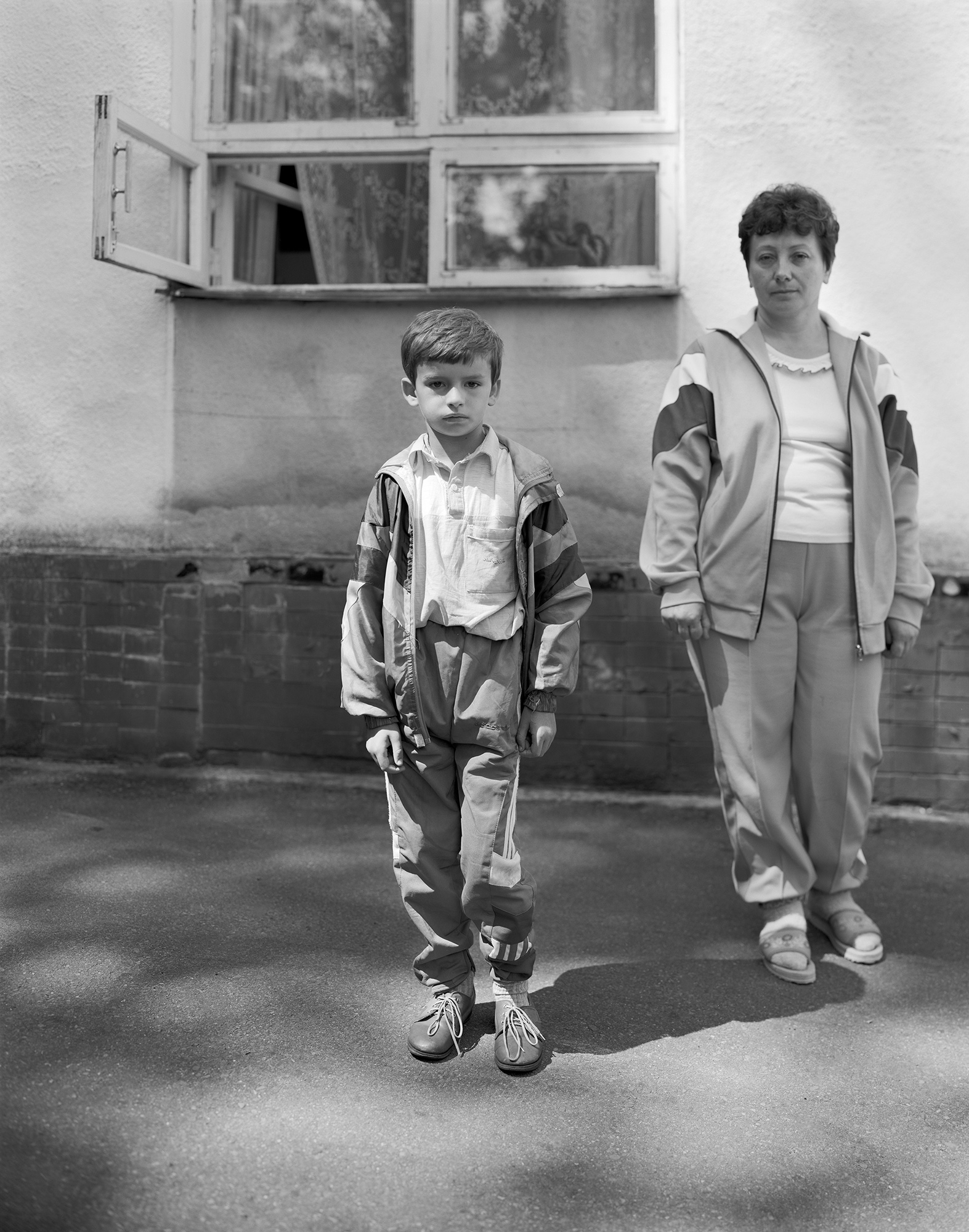
Taking her large format camera, she quickly began making black-and-white portraits of families, workers and nuns, as well as kids spending the summer in Lviv at camps for children at risk of poisoning from Chernobyl. The series — shot between 1991 and 2008 — debuted as part of the Minnesota Artists Exhibition Program at the Minneapolis Institute of Art in 1997 under the title From Where They Came. Now it’s a book published by Stanley/Barker.
“Once I got to Ukraine, my family found out, and I lived with them. They were always very open and said, ‘Of course you photograph’, because I had a very artistic family. In Ukraine, they’re all musicians; the visual artists came over to the US and to Canada.” Keeping in touch from America had been difficult – the KGB, in particular, were known to watch those with family in the States, but the emphasis on identity in her childhood meant it was “like coming home to a different home that’s the same” she says; there was an overwhelming familiarity, despite everything being new. “That first year, I was getting used to photographing there and understanding the country. The USSR was seemingly 30 or 40 years behind the rest of the world. I would have to arrange through the post office to call back home.”
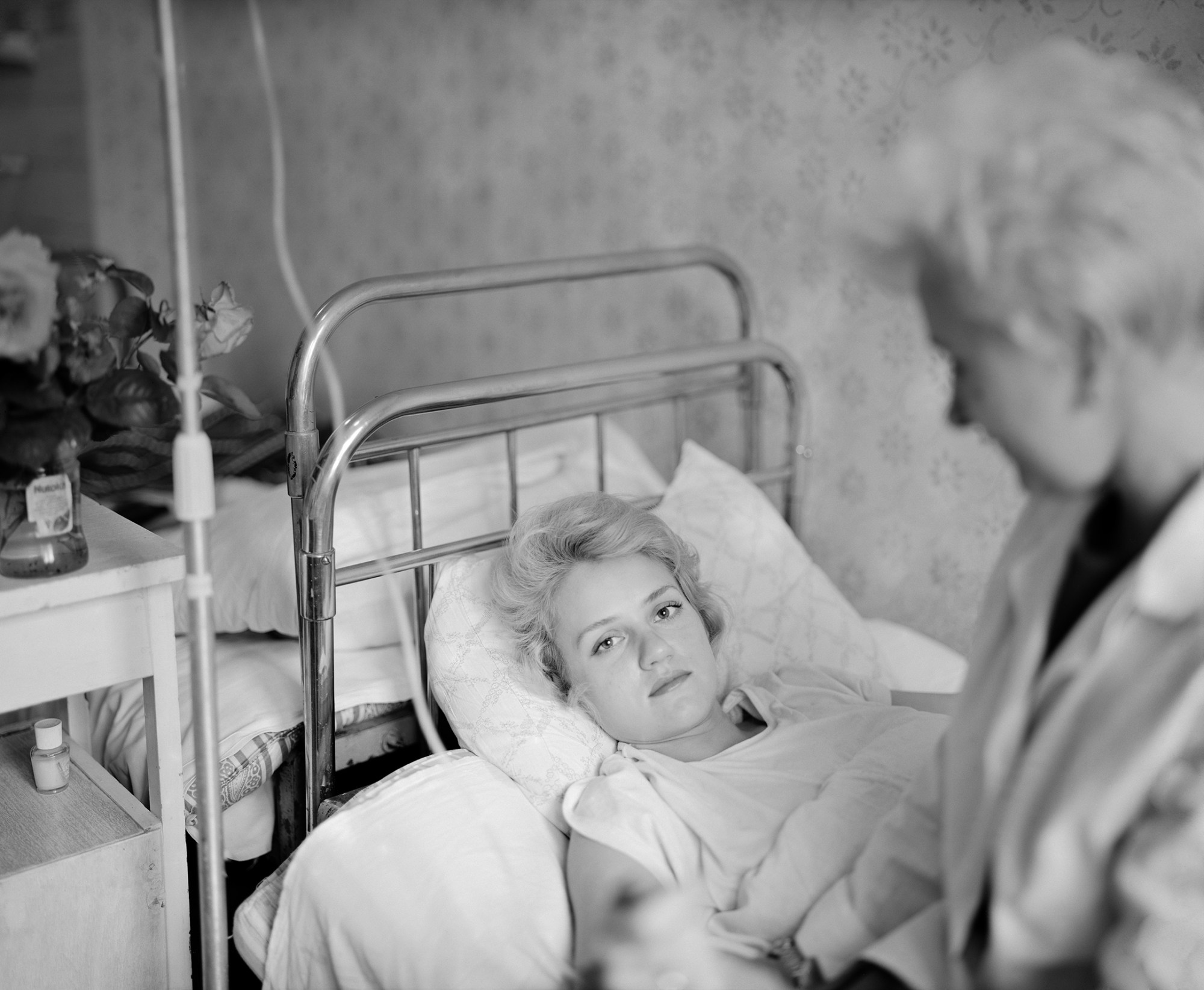
Returning almost annually, Katherine would stay for long stretches, making work against the backdrop of a politically unstable, post-USSR. “It’s interesting how one considers the culture backwards because really it was the oppression of the government,” she says. “Sometimes I say I was watching a child grow, from 1991 to now. What’s remarkable is how quickly Ukraine grew up, got modernised, so to speak. Once these really creative, smart people got access to the rest of the world and what they were doing, the art, graphic design and photography really grew up fast.”
While some family members appear in the images, her subjects are mainly strangers and predominantly women and children. “It’s almost always about my family, but not directly photographs of them. In a lot of ways, I feel like when I make a portrait, I’m meeting an equal, or somehow the reflection is reciprocated. They’re intimate [pictures] because they are an extension of me. I always imagine what it would have been like if my family stayed, what my life would be like if I were born there, so I point my camera to women. And on their part, there was a curiosity. Who was this American who was finding her roots? In general, there was a lot of curiosity and willingness to sit.”
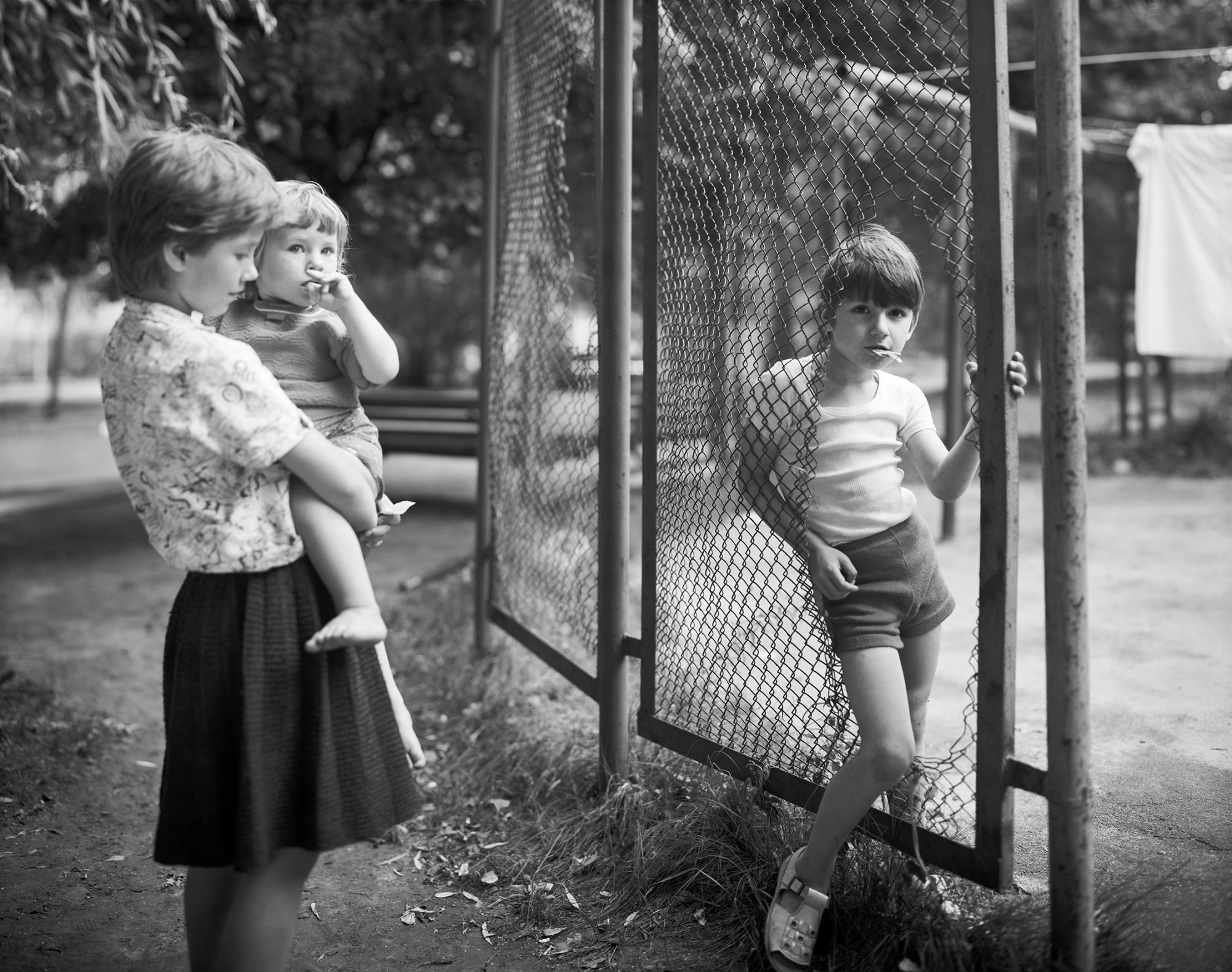
Following the recent invasion of Ukraine, Swan Lake has been revived as a form of protest by activists in Russia: last year, the country’s only independent broadcaster, Dozhd TV, played a clip from the 1991 production as it shut down its operation, while graffiti of ballerinas also began appearing. For Katherine, who continued travelling to and making work in Ukraine until the pandemic, the war is deeply personal, and she initially hesitated in releasing From Where They Came.
“Because of how sensitive the Russian invasion is to me and to my family and to the world. I grew up with the idea that Ukraine would be free someday — Russia was always the enemy — so it took me a while to figure out that it was a good idea. Instead of seeing just completely decimated buildings or bodies, the world can see life when there’s not an invasion, and possibly how normal and sweet and gentle people are.”
https://www.stanleybarker.co.uk/products/from-where-they-came

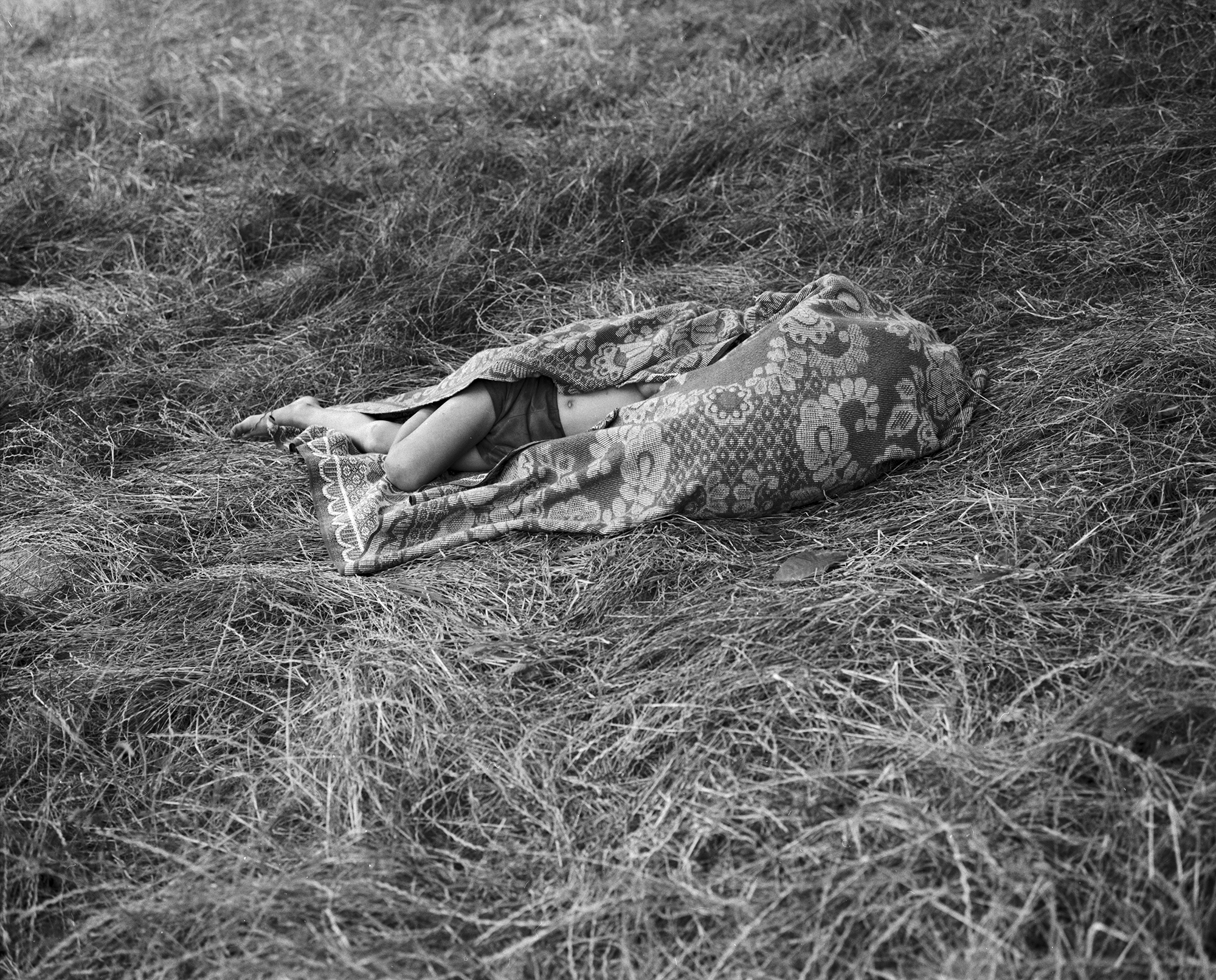
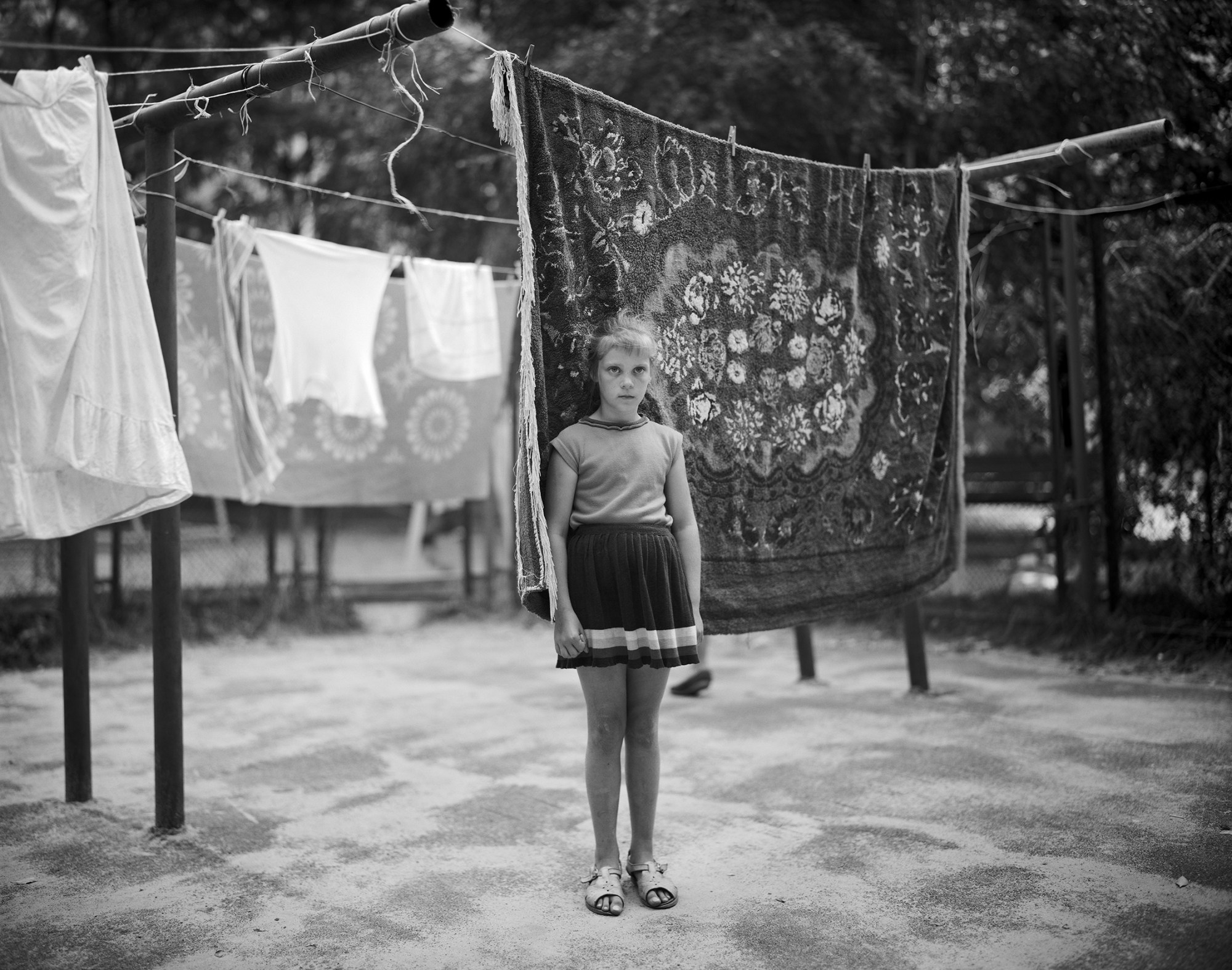
From Where They Came by Katherine Turczan is available now from Stanley/Barker.
Credits
All images courtesy Stanley/Barker
